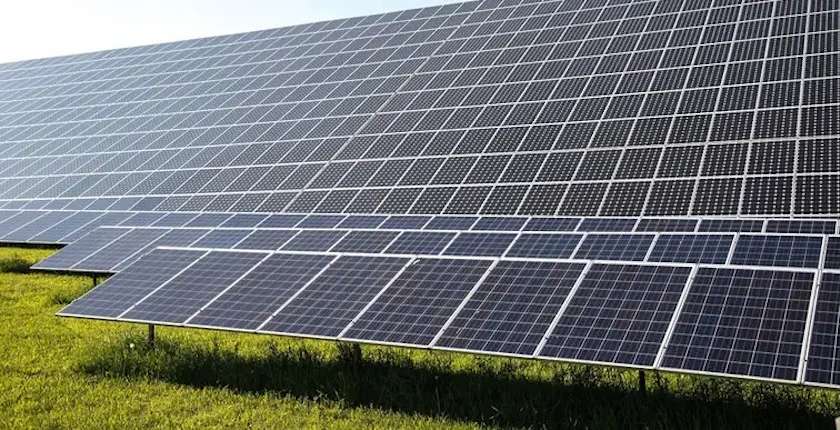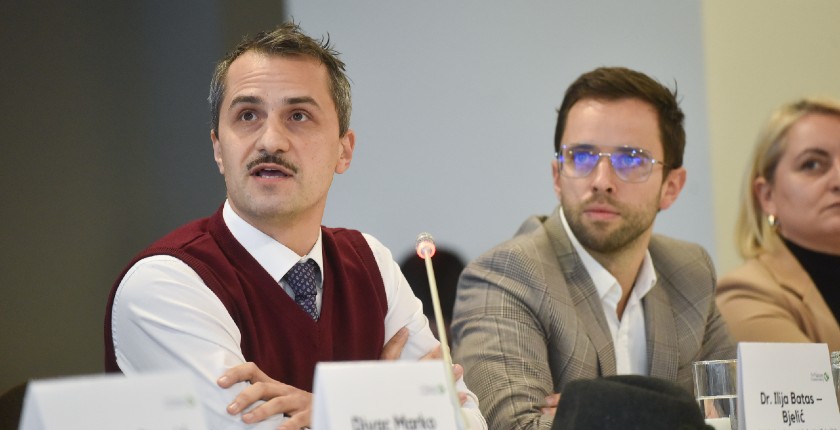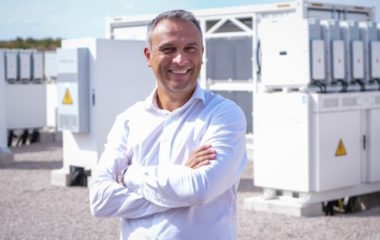
Foto: Freepik
International environmental organization The Nature Conservancy (TNC) and a wide group of local partners have completed the project ‘Smart Planning for Sustainable Development – Mapping Solar Potentials in Serbia’. It mapped 100 most suitable locations for solar power plants. In addition to the goal of accelerating the development of photovoltaic plants, it ensures that the implementation does not impact valuable natural areas and areas of great importance for human life and activities.
Balkan Green Energy News spoke to members of the project team about the importance of the project for sustainable development of solar and renewables in general in Serbia and its execution.
In some cases, solar power plants can hurt the environment, which depends on spatial planning, their capacity, and panel type, said Dejan Doljak, a research associate at the Geographic Institute Jovan Cvijić of the Serbian Academy of Sciences and Arts (SANU).
Ilija Batas Bjelić, an energy modeler within the project team and a research associate at SANU’s Institute of Technical Sciences, said Serbia’s previous experience in spatial planning for solar power plants relied on data on the distribution of solar radiation on horizontal surfaces, with little or no consideration of other factors that affect the optimal positioning of the systems.
Active partnership and collaboration with local communities are necessary for solar power plant construction
The project ‘Smart Planning for Sustainable Development – Mapping Solar Potentials in Serbia’ recognized that active partnership and collaboration with local communities are necessary for the spatial placement of solar power plants, as are expert opinions, to achieve a sustainable and inclusive energy transition.
“Not involving the local community in making key decisions regarding the construction of wind farms and solar power plants can lead to dissatisfaction and resistance to the introduction of renewable energy sources, and even to legal proceedings, significantly slowing progress towards a sustainable energy system,” said Maja Pupovac, research associate at the Institute for Philosophy and Social Theory and project expert in charge of analyzing the social impacts of solar power plants.

For abovementioned reasons, the project involved local stakeholders through three regional workshops in Novi Sad, Zlatibor, and Niš, and it included the expert community, to find the best solutions for the optimal use of resources – minimizing negative environmental impacts and respecting the needs, values, and interests of local communities and the areas in which they live. In addition, the project took into account the interests of investors and their aim to achieve high performance with minimal costs.
“By consulting local stakeholders, this project remained consistent with the principles of transparency and democracy, which strengthens trust between investors and the local population and contributes to long-term support for the development of sustainable energy solutions that align with local interests and needs,” Pupovac pointed out.
The project team also gathered a group of local experts responsible for peer-reviewing the methodologies and maps – controlling, assessing, and analyzing solutions and results to provide a comprehensive overview, identify potential issues, and improve the planning process.
The project offers investment opportunities instead of conflicts
Ilija Batas Bjelić asserted that publicly available and data from relevant domestic scientific institutions, and software tools based on the results previously achieved by the global TNC team, were used to develop the project.
“The project’s methodology is based on two independent steps, representing two potentially conflicting interests: (1) finding the best locations in terms of economic logic (interest) and investor returns, (2) identifying locations that need to be protected from utilization, with regard to the environment, agricultural, and cultural-historical interests, ones that prevail over electricity production,” Batas Bjelić explained.
“The project established criteria and currently available data that can be used to select potential locations for the development of photovoltaic plants; it enabled a more precise determination of solar energy utilization potential; and more exact conditions were created, in the sense of spatial planning, for directing investments and incentives for the development of solar photovoltaic power plants,” Dejan Doljak stated.

A large number of private investors are expected to independently initiate renewable energy production projects in Serbia. In that case, the project’s results and the logic in selecting the best locations can significantly ease the process for them, serve as initial information on suitable locations, and save them time.
The project’s most important component is the flexibility of the model for selecting optimal locations
“The project’s most important component is the flexibility of the model for selecting optimal locations. This way the proposed 100 locations (the project’s result) are not strictly defined in space; their spatial distribution can change according to new circumstances (changes in spatial coverage, more active cooperation with public institutions, involvement of other stakeholders in the planning process, access to new/higher quality data, involvement of new development projects and other potential spatial conflicts, etc.),” Doljak added.
Greater collaboration among stakeholders can lead to more concrete results in terms of national climate and energy planning which, if not in ambitions, could give a degree of advantage against the region and show Serbia’s real breakthrough in the green agenda, the team members stressed.
“This project has restored our confidence in using the latest technologies for accelerated progress and the development of Serbia,” Batas Bjelić said.









Be the first one to comment on this article.